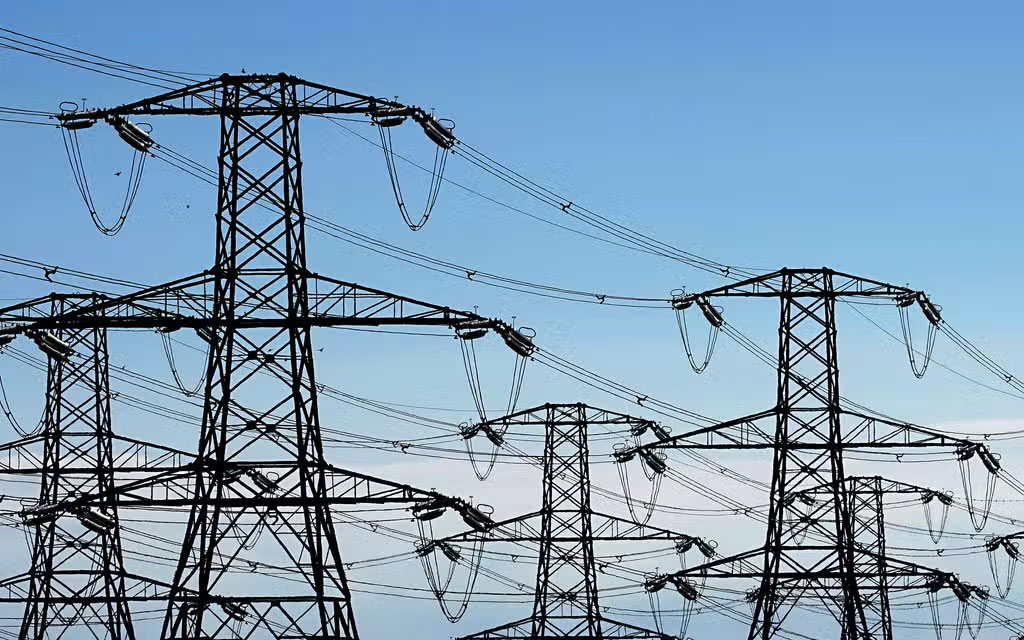As Ecuador confronts a severe drought, the repercussions are becoming increasingly evident, with the most critical phase projected to hit in December 2023. Currently, areas like Daule Peripa, boasting abundant rainfall, and Coca Codo Sinclair, where drought conditions are less severe, have provided some relief to the beleaguered Paute region.
The scarcity of rainfall in the eastern basin has already led to power outages lasting up to four hours across Ecuador. However, the nation has yet to reach the climax of this drought, which is anticipated in December 2023. Presently, the southern Paute water basin is bearing the brunt of the drought, resulting in a reduction of output of more than 50% in three major hydroelectric plants: the 1,100-megawatt Paute, 170-megawatt Mazar, and 487-megawatt Sopladora.
Furthermore, the water level in the Mazar reservoir, crucial for supplying water to Paute, the second-largest hydroelectric plant in Ecuador, has dwindled. While Mazar’s average flow rate hovers around 120 cubic meters per second, during the rainy season, it can surge to an impressive 1,000 cubic meters per second. However, in November, it has plummeted to a mere 18 cubic meters per second on average.
Forecasts indicate that these reduced flows in Mazar are likely to persist in the coming weeks, potentially plummeting to a mere seven cubic meters per second by December 2023. Historical data from the Paute Basin spanning from 1964 to 2010 substantiate this projection.
Notably, even though rainfall has been observed in Cuenca, located in the upper zone covering 30% of the hydrological area, its impact on Mazar remains limited. For substantial improvement, precipitation must occur in the middle and lower regions, encompassing the Cajas and Molleturo sectors, constituting 70% of the Paute water basin and home to the Paute, Mazar, and Sopladora hydroelectric plants.
Coca Codo Sinclair plant less affected, for now
In contrast, the eastern basin’s other areas, like the Coca River basin, have experienced a milder drought. Here, Ecuador’s largest hydroelectric plant, the 1,500-megawatt Coca Codo Sinclair, is situated. This less severe condition has partially alleviated the dry spell in the Paute basin. The Coca River’s flow has averaged between 150 and 145 cubic meters per second in November, compared to the historical average of 280 cubic meters per second.
This has enabled Coca Codo Sinclair to contribute between 500 and 600 megawatts of maximum power in the initial weeks of the dry season, even reaching 1,100 megawatts during peak demand. However, the outlook becomes bleaker in the months ahead, with a 90 to 95% probability of flows dwindling to 60 to 90 cubic meters per second by December 2023, as indicated by historical flow records from 1972 to 2019.
Ecuador’s hydroelectric generation capacity stands at 4,500 megawatts, with 93% located in the eastern basin housing eight of the nation’s 17 hydroelectric plants. Compounding the situation, the thermoelectric park was ill-prepared to weather the 2023 drought, resulting in power outages of up to four hours daily since October 26, contingent on the region.
Rains intensify on coast
In contrast, the coastal region has witnessed intensified rainfall, potentially heralding the onset of the El Niño Phenomenon. The Daule Peripa dam, now at maximum capacity, has enabled the Marcel Laniado De Wind hydroelectric plant to operate at peak capacity, providing 203 megawatts of power. While this has offered some respite, it remains insufficient to fully offset the drought’s impact in the Paute basin.
To confront this crisis, Celec has expedited maintenance for thermoelectric plants. Termoesmeraldas 1 has resumed operations at full capacity, contributing 125 megawatts. Additionally, units from the Manta II, Jivino II, and Miraflores power plants have been brought online, bolstering the grid with an extra 8.35 megawatts.
Moreover, distribution companies have initiated a competitive bidding process to secure additional electricity generation capacity.


0 Comments